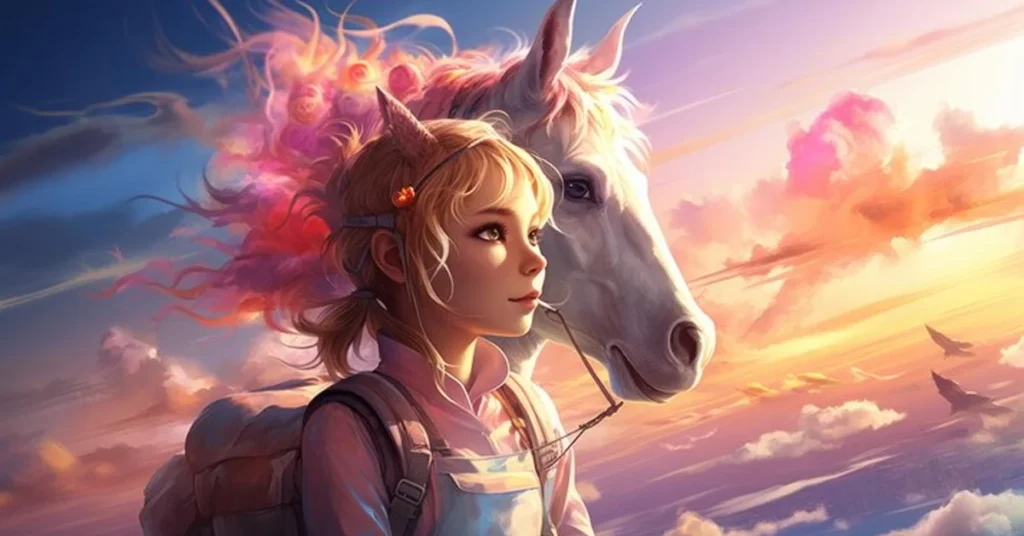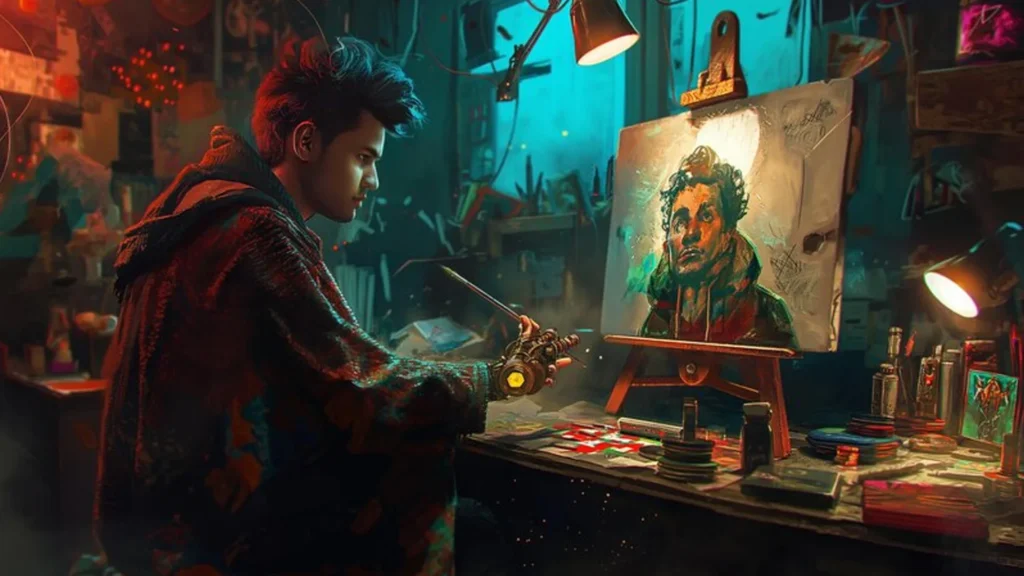In the ever-evolving world of internet subcultures and fan-generated content, imageboard websites have carved out a unique and vital space. Among these, ffbooru stands as an increasingly recognized name within communities that thrive on visual storytelling, fan art, and creative collaboration. This article explores the cultural, technological, and artistic significance of ffbooru, contextualizing its role within the broader landscape of online media sharing and artistic communities.
To understand the appeal of ffbooru, one must first appreciate the function and evolution of imageboards. These platforms are online archives that allow users to post, categorize, and tag images. They originated in the early 2000s and have since expanded across countless fandoms, art styles, and interests. What differentiates an imageboard from a typical gallery or image hosting site is the focus on community tagging, detailed metadata, and often, a shared thematic focus.
While many boards focus on broad content categories, niche platforms like ffbooru serve a specific purpose: the curation and celebration of content centered around specific franchises or genres, often with a focus on anime, games, or speculative fiction. This specialization fosters a sense of community among users, who contribute not only images but also valuable metadata and commentary.

Within this ecosystem, ffbooru occupies a particular niche. It primarily curates visual content related to a specific universe or thematic focus, likely one rooted in fantasy or interactive media, given the “ff” prefix common to fan communities of series like Final Fantasy or Fire Emblem. While the specific origin of the platform’s name may vary, its operational model aligns closely with other booru-style platforms, relying heavily on user contributions and a robust tagging system to organize content.
Users of ffbooru are typically enthusiasts with a deep understanding of the content they upload. They contribute not just images but also contextual data, such as character names, scene details, artist credits, and thematic elements. This collective effort turns ffbooru into more than just an image archive—it becomes a searchable, dynamic encyclopedia of fan culture.
A core strength of ffbooru lies in its community. Unlike social media platforms where engagement often centers around likes and shares, imageboards foster deeper interaction through tags, comments, and moderation. Contributors collaborate to ensure high-quality uploads, accurate tagging, and respectful discourse. This level of curation and community engagement ensures that the content remains relevant and easily navigable.
Moreover, it likely serves as a hub for both creators and fans. Artists gain exposure by uploading or having their work shared on the platform, while fans gain access to a rich library of themed artwork that may otherwise be difficult to find. This exchange is symbiotic, with visibility and appreciation being the currency of the realm.

A defining feature of platforms like it is the tagging system. Tags serve multiple purposes: they allow users to filter content by character, artist, theme, or even mood. They also contribute to the platform’s SEO, making content discoverable both internally and via search engines.
Metadata accuracy is paramount. Mislabeling an image can lead to confusion and frustration. Thus, users on ffbooru often adopt community-agreed standards for tagging and content description. Over time, this evolves into a detailed taxonomy that maps the thematic landscape of the hosted content.
The technology behind it supports both its robust functionality and its open-access ethos. Built on frameworks that support user moderation, dynamic updates, and community reporting, platforms like it remain agile and responsive to user needs. Open-source roots, common in booru software, ensure that the platform can be customized and scaled without significant commercial overhead.
Accessibility is also a key concern. Mobile optimization, lightweight design, and multilingual support (where applicable) help broaden the user base. Given that fan communities are global, such features are essential for inclusive engagement.
Operating a platform like it involves navigating a complex web of copyright, fair use, and community standards. While much of the content may be fan-created and freely shared, issues can arise when artworks are uploaded without permission or when adult content intersects with broader accessibility.
Effective moderation and clear policies are essential. Most platforms implement user reporting systems, community guidelines, and administrative oversight to maintain legal compliance and ethical integrity. For it to thrive, it must balance openness with responsibility—a challenge faced by all user-generated content platforms.

One often-overlooked function of platforms like it is their role in cultural preservation. Fan art and derivative works are legitimate expressions of cultural engagement. By archiving these works, it contributes to the historical record of fandom, offering future scholars, fans, and creators a window into contemporary fan practices.
This archival function becomes increasingly important as digital content proves ephemeral. Websites disappear, servers crash, and links break. A dedicated repository like it safeguards against such losses, maintaining a stable record of creative expression.
As fandoms evolve, so too must their digital meeting places. ffbooru is part of a broader trend toward specialized, community-driven platforms that prioritize depth over breadth. While mainstream social media sites may offer reach, they often lack the nuanced organization and community cohesion found on booru-style sites.
This specialization allows ffbooru to serve its users better by offering a focused, well-moderated, and richly tagged environment tailored to their specific interests. It’s this level of dedication that turns casual users into lifelong contributors.
The continued relevance of it hinges on its ability to adapt. User feedback, software updates, and community-led initiatives will shape its trajectory. Sustainability may involve crowdfunding, donations, or partnerships with other fan sites and forums.
User-driven innovation ensures that features evolve in step with user expectations. Whether through enhanced search capabilities, social integration, or AI-assisted tagging, the future of it is in the hands of those who use it daily.
Beyond entertainment, it serves an educational purpose. Aspiring artists study techniques by browsing curated content. Writers use visual prompts for inspiration. Teachers might even use thematic imagery to engage students with storytelling or cultural studies.
This pedagogical potential enhances the platform’s value, transforming it from a fan hub into a broader educational tool. In an age of visual learning and digital literacy, platforms like it offer resources that are both enriching and accessible.
In conclusion, it represents more than just a collection of images—it is a testament to the passion, creativity, and community spirit that define modern fandom. It functions as a living archive, a collaborative space, and a cultural artifact all at once. As digital landscapes continue to shift, the importance of platforms like it will only grow.
By valuing quality, fostering community, and embracing technological agility, it secures its place as a cornerstone of digital creativity. Whether you’re a seasoned fan, an emerging artist, or a curious observer, exploring its pages offers insight into the boundless potential of human expression in the digital age.
In a world overflowing with content, it reminds us that curation, context, and community are more vital than ever.

